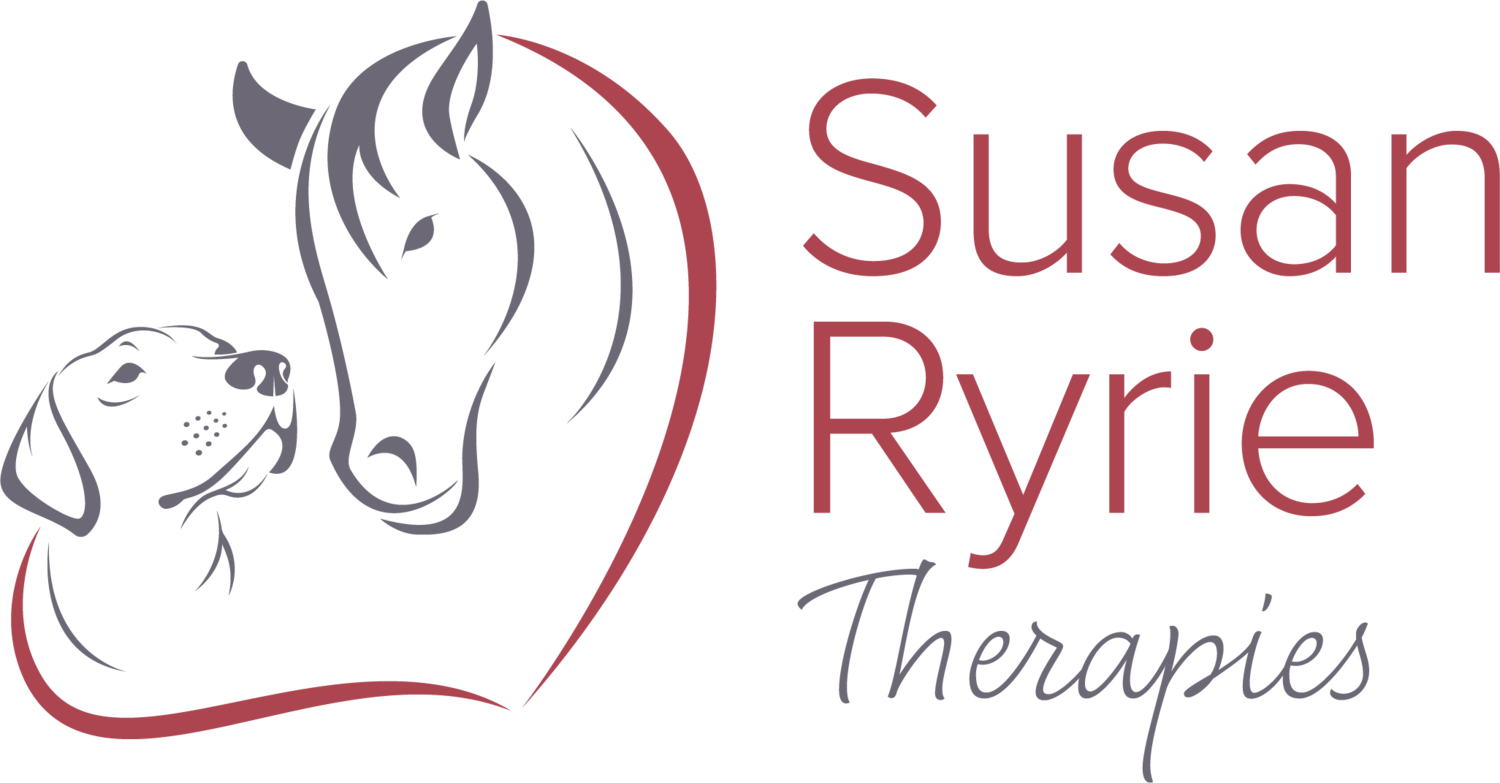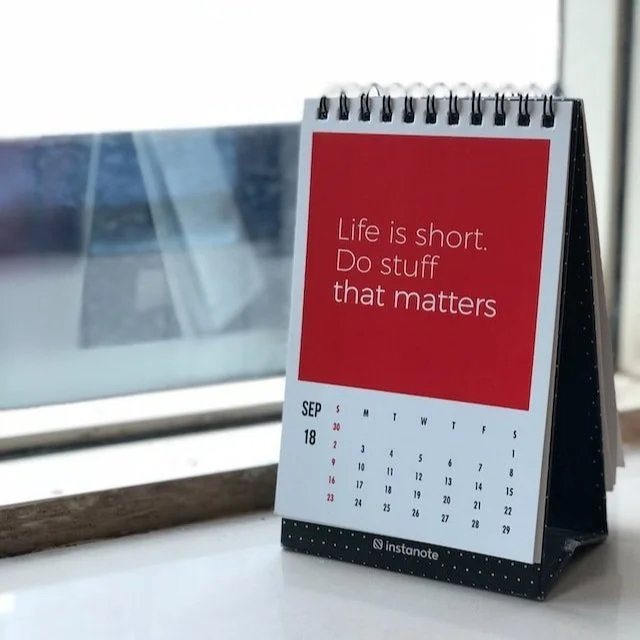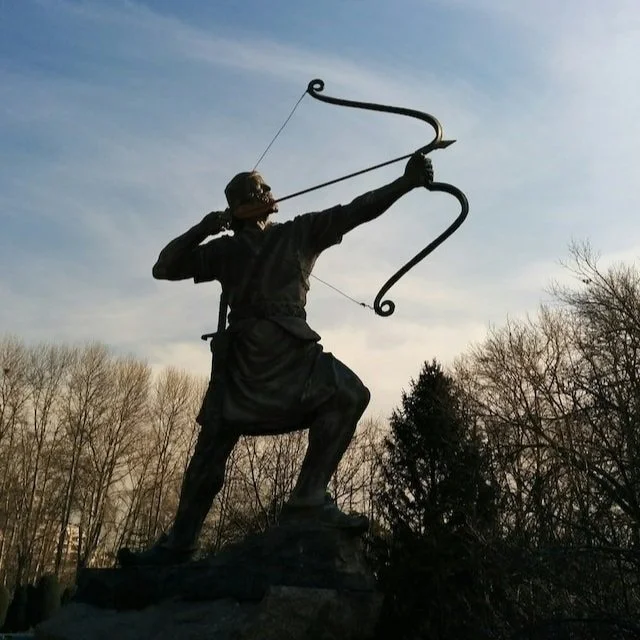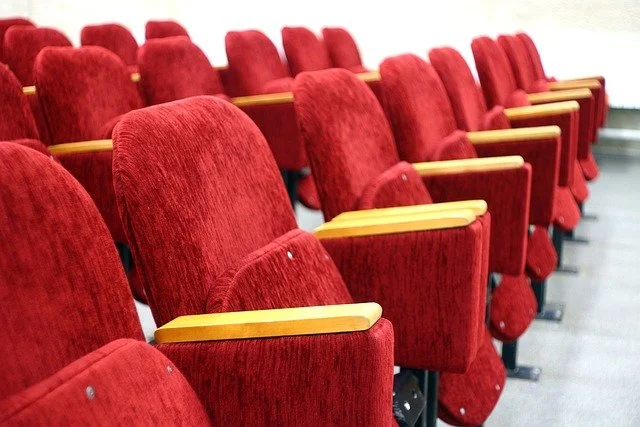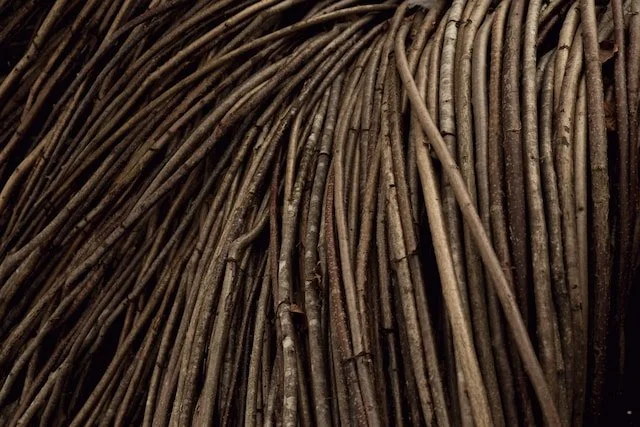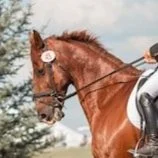January 2024
Adaptability, resilience, trainability.
The musculoskeletal (MSK) system has evolved to be both adaptable and resilient, and can also be trained for efficiency. These are amazing benefits. But to every advantage that we see in life, there is often a flip side. In the case of the MSK system, the adaptability, resilience and trainability are the very things that can lead to significant difficulties in the long term. This month I have been getting my thoughts around this topic into order, and share some of them with you here.

Reap the rewards, or pay the price.
Adaptability, resilience and trainability bring both benefits and responsibilities.
Change in our musculoskeletal system is unavoidable. The status quo might be what we expect, because changes are not obvious on a daily or even weekly basis, but it is rarely achieved. Why? Well, to achieve a status quo would require a very fine balancing act in the amount and type of exercise we do. It would have to be just exactly right. It is far more likely that the exercise we do is increasing, or perhaps decreasing, our muscular strength, or shifting the balance between stronger and weaker areas of our bodies. The change might be too slow for us to notice, but it would be real. This ability of our bodies, and our horses’ and dogs’ bodies, to change is a real gift if we use it wisely; but it can be our downfall if neglect our responsibilities.
Change can happen over different intervals of time. Darwin’s theory of evolution is something that many of us will have met in school. Slowly, species adapt so as to be more secure in their natural environment. Leopards develop spots because those with the best camouflage are more successful at hunting, live longer, and pass on more of their genetic make-up. This is an example of change happening through generations. The species slowly evolves, but each individual remains unchanged. This is different from the process that interests me – the process in which an individual changes in response to the way they act during their lifetime.
The change that can happen to an individual is something that we are all familiar with and have probably experienced numerous times. We know we will lose ‘fitness’ if we do not have sufficient exercise; will put on weight (store resources) if we consume more food than our bodies need; will gain muscle mass and strength if we exercise more; and so on. I like to think of this as ‘adaptability’. These changes alter the very nature of our bodies, and happen over a matter of weeks, months, and of course years.
The problem with changes that happen at this rate is that it becomes all too easy to overlook the obvious; to hide our head in the sand and fail to act in our best interest – or our horse’s best interest. Without the immediate feedback linking our actions to the adaptation, it becomes easy to duck our responsibility.
One dictionary definition of adaptability is
“an ability or willingness to change in order to suit different conditions”.
The ‘different conditions’ that are relevant here are the amount and type of exercise that we give ourselves, or our horse or dog. The body’s adaptability to these conditions is a remarkable gift. We can build appropriate muscle development to suit the particular skills that we need and enjoy. We can train to become better at weightlifting, or running, swimming, or whatever activity we choose. The muscles that we use regularly will become stronger. Alongside this, the body avoids waste by ‘failing to invest’ in muscles that are not being used, and they become smaller and weaker (atrophy).
An extreme example of adaptation was seen in skeletons recovered from the wreck of the Mary Rose – the tudor warship that sank near Portsmouth harbour. Some show strong deformities that are consistent with the very one-sided use of the body needed to pull the powerful long bows. The initial adaptation would have been increasing strength in some muscles in comparison with others – an imbalance in the body. Over time this appears to have led to deformity in the skeleton itself. Bone can, and does, adapt but very much more slowly than muscle.
Archery is not the only activity in which the body is used in an asymmetric way. As a teenager I enjoyed fencing, and think it is quite likely that this has contributed to the difficulties that I have experienced with back pain over the years. Other examples including tennis, golf, driving cars, and use of the computer mouse.
Horses can be forced to work in an asymmetric way if the rider’s weight is focused to one side. Correcting this can have an immediate and pronounced impact on the way the horse moves.
This brings us back to the idea of imbalance that I explored in December. Specialisation encourages imbalance, whereas engaging in a broad variety of sport and activity can help maintain balance. I recently read a recommendation to practice, say three, different sports in order to maintain balanced muscle development. This is particularly important for children while their bodies are still growing and developing. It isn’t that one sport is better or worse than any other, or that we should never do any one-sided activity (after all, we all have a preferred ‘handedness’). It is just a common sense way of exercising as many areas of the body as possible.
The problem with the body adapting so that one side becomes much stronger than the other is that this can cause strain on joints, and ultimately set the scene for the vicious cycle of osteoarthritis to take root. We don’t need to limit ourselves to thinking about differences between left and right. Whenever any one area of the body is significantly stronger in comparison with another, the forces applied to the skeleton will not balance and the result is likely to be unnecessary strain on joints.
The other ‘flip side’ to the adaptability of the body, is that it will all too readily adapt to a sedentary lifestyle, losing functionality and muscle strength. We recognise that it can be a hard slog recovering this loss of fitness. Perhaps we are less aware that recovery - rehabilitation - needs to be carried out in the right way if it is to be successful. By successful, I have in mind not just recovering fitness, but doing so in a way that will not damage any structures of the MSK system – and yes, especially the joints.
Joints must be supported by strong stabilising muscles before they are asked to move and carry a load. Think of these stabilising muscles as ‘core muscles’ or ‘postural muscles’. If these are not up to their job, there will be unnecessary wear on the joint itself, and the body will compensate for their weakness by using alternative muscles to provide the necessary stability. It is vitally important for future health to train a good static posture before stepping up the challenge of ‘dynamic’ activity. Rather than remembering “don’t run before you can walk”, remember “don’t walk before you can stand”!
Interestingly, the rate at which muscle mass is lost varies considerably between people, dogs and horses. I have read that dogs lose fitness the most quickly, followed by humans, with horses losing fitness least quickly. This is good news if you have a horse on box rest – but not a reason for complacency because the muscle loss will happen, just perhaps not quite as quickly as you might fear based on your experience of your own body. For dog owners, it is something that we should be very mindful of, since your dog’s fitness levels can drop away far more quickly than you expect.
There is another type of change that happens to the MSK system. I like to refer to this as resilience:
“the capacity to withstand or to recover quickly from difficulties”.
Here, I am thinking mostly of the body’s ability to heal. Healing and growth are flip sides of the same coin, and as I type this I am reminded of the stunning high speed film footage that BBC, and others, use to show growth of plants. It really does appear magical, miraculous even, when we see the changes happening at that pace.
We take it for granted that healing should happen, because we have experienced so many cases where that has been the case. But healing is a complex process, with many phases, and can be continuing internally long after external appearances have returned to normal. Muscle heals most quickly, assisted by the generous blood supply to these areas of the body. Tendons take longer, typically six months or more; ligaments require even more time, with a minimum of eight months.
All bodies have this resilience – the ability to heal and recover from an injury. But yes, there is a flip side – or perhaps two flip sides (is that possible?). The first is the nature of the repair tissue itself; the second is the cumulative effect on the rest of the MSK system during the process of healing. I’ll look at each of these separately.
The body’s initial response to an area of damaged tissue is to ‘plug the gap’ as quickly as possible. After a short time of inflammation (cleaning up the area), collagen fibres are laid down in a haphazard structure. This is scar tissues, and is quite different from the beautifully aligned fibres of the original. Later, the body will begin the process of correcting this alignment during what is referred to as the remodelling phase. The remodelling will never produce an exact replica. There will always be some residual loss of strength and perhaps elasticity.
Remodelling of scar tissue is helped when the body receives a clear indication of the direction in which the collagen fibres need to lie. We are able to do this by moving! The stretch and stress within the body provides the pattern for the fibres to follow. Imagine this as the movement pulling the fibres into alignment. It is a delicate balancing act. Too little movement and they won’t realign. However, too much movement pulls too hard, breaks the delicate new structures, and renews the injury. Research has shown that the injury will heal to be stronger when supported by the right amount and the right type of exercise, at the right time.
The other flip side to the healing process involves the body’s adaptability. During the healing process, the body adapts to loss of strength in the injured area. It compensates for this weakness by making use of alternative ways of moving; perhaps shifting more weight onto the uninjured side, or adopting other unusual strategies. Over time, this can become the new normal way of moving – the body has been trained to work in a different, and probably non-symmetric, way, and muscle strength has adjusted accordingly. The very thing that enables continuing movement of an injured body, can lead in the longer term to further injury as a result of poor, compensatory, patterns of movement.
The last way in which the body can change is due to its ‘trainability for efficiency’. More simply, the body tends to form habits of movement because this allows the nervous system to make use of ‘previously recorded recipes’ without the need for conscious effort each time. Actually, it is more a change in the brain and the nervous system, but it has a big effect on the MSK system. This is efficient and it leaves the brain free to focus on other tasks.
The problem with habits is that they are formed by repetition, and the body doesn’t differentiate between good habits and bad habits. Whatever is repeated will become a habit, and once habits are formed they are very difficult to break. So, poor posture, poor quality movement can become the normal way that we that we use our MSK system, without thought, and which will consistently contribute to unnecessary strain within the body. Of course the same applies to our horses and dogs.
Most horse owners will be familiar with the term ‘compensation’. This is a way of indicating that the body is using an incorrect combination of muscles to compensate for weakness elsewhere. Once compensation has become habitual it can take a lot of effort to retrain the body to move correctly. This is a form of rehabilitation that might be needed even when there has been no obvious injury, perhaps just months of carrying a badly balanced rider whose weight falls too heavily to one side; or long spells of work with the horse’s head tied into position with training aids so that it is unable to make use of the muscles in its neck.

Change in the musculoskeletal system is inevitable.
Change can be for the better, or for the worse.
We can take control of this situation to improve the outlook for ourselves, and for our animals.
Change occurs because of
· Adaptability
o We can influence this by using the correct type and amount of exercise
· Resilience
o We can influence the healing process, but this will require professional help
o We need to be aware of the body’s capacity to compensate when certain areas of the MSK system are not able to function correctly
· Trainability for efficiency
We need to take care not to repeat anything that we do not want to turn into a habit!
